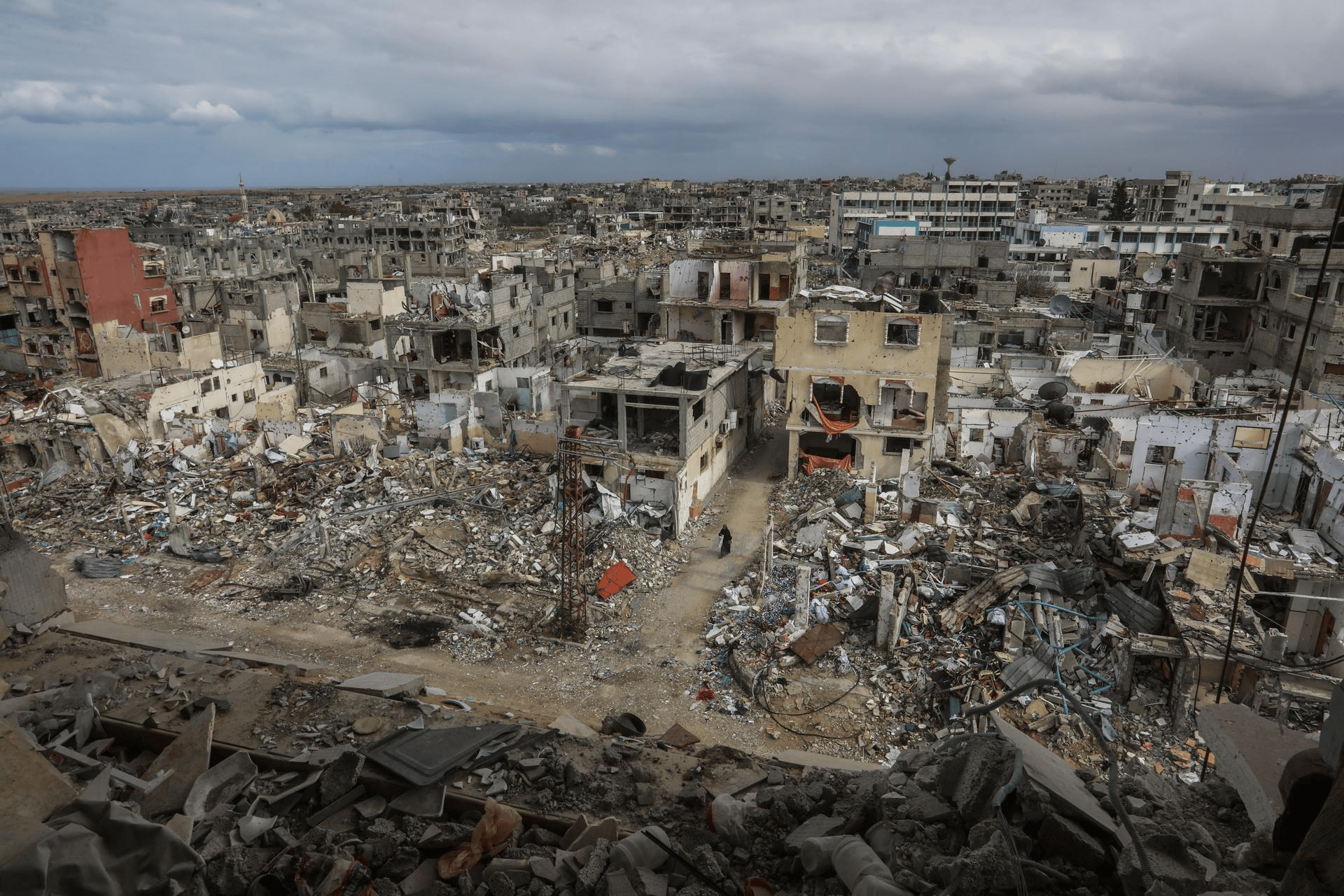Hurts giving that up
Netzarim Corridor today: IDF’s departure reveals a landscape wiped clean
The military highway, outposts, and infrastructure are gone - leaving behind only destruction.

For the first time in over a year, Gazans are getting a close look at the Netzarim Corridor - an area that had been under continuous IDF control since the early weeks of the war. Following the military’s withdrawal overnight, residents are now witnessing the extent of the destruction in a corridor they had been unable to access for 15 months.
The Netzarim Corridor served as a critical artery for Israeli forces throughout the war. At its peak, it was a fully controlled and well-secured zone, allowing IDF troops to move freely in open and unprotected vehicles. Soldiers often traveled in small convoys of just a few light vehicles, treating the area as if it were entirely under Israeli control.
Now, what remains is a landscape of devastation. The once-active highway is surrounded by flattened terrain, stripped of any remaining infrastructure. The prolonged presence of IDF divisions, alongside continuous fighting, left the corridor increasingly barren with each passing month.
In their final withdrawal, IDF forces meticulously removed all military infrastructure. Outposts, antennas, caravans, and defensive structures were systematically dismantled, leaving no trace of their existence. Within days, everything was packed up and transported back into Israeli territory.
The Corridor is a long existing area dividing the two areas of the Gaza Strip, ever since the Six Day War, allowing the IDF to maintain important security control of the Strip, especially against terrorists and during terrorist operations. The IDF occupied it early in the war in order to isolate important forces of Hamas in the north and cut it off from any reinforcements as it launched major offensives against neighborhoods in Gaza City, Beit Lahia, and Beit Hanoun.
A few months later, the IDF announced that it would remain in the corridor in a semi-permanent fashion for military purposes, paving a regular high-speed road and a number of checkpoints and military bases, which have been held by a number of IDF divisions over the course of the war.
The IDF used this position to launch multiple raids against Hamas forces threatening the corridor on both sides, often using the momentum to expand IDF control of the corridor and thus better secure its position there.
Throughout the war, Israel kept the Netzarim corridor closed to either foot or vehicle traffic of civilians, for fear that terrorists would try to smuggle themselves into the northern Strip and endanger IDF forces there.